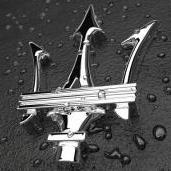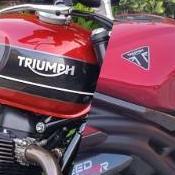Maserati Levante 2016
Quanto ti piace la Maserati Levante 2016?
230 voti
-
1. Quanto ti piace la Maserati Levante 2016?
-
Molto114
-
Abbastanza76
-
Poco30
-
Per niente9
-
- Si prega di accedere o registrarsi per votare a questo sondaggio.
-
Contenuti simili
-
Maserati Grecale MY 2026 (Spy) 1 2 3 4 5
Pubblicato da Osv,
- grecale spy
- maserati spy
- (e 7 altri in più)
- 48 risposte
- 10091 visite
-
Maserati MC25 ICE & Folgore 2025 - Prj. M240 (Spy) 1 2 3 4 5
Pubblicato da Mauro Caporale,
- 42 risposte
- 6953 visite
-
- 32 risposte
- 42584 visite
-
-
-







.thumb.jpg.902d2a4f20a129e92b6f6920407b81bd.jpg)






.thumb.jpg.d20c5008a881490f9c7f843d442a34f8.jpg)











Messaggi Raccomandati:
Crea un account o accedi per lasciare un commento
Devi essere iscritto per commentare e visualizzare le sezioni protette!
Crea un account
Iscriviti nella nostra community. È facile!
Registra un nuovo accountAccedi
Sei già registrato? Accedi qui.
Accedi Ora